12 Delightful Food Trails Across India’s Towns
12 Delightful Food Trails Across India’s Towns

India’s culinary map isn’t defined solely by its big cities. Beyond the bustling metros, the heart of Indian cuisine thrives in its small towns—where traditional recipes, family-run eateries, and time-honored cooking methods have been preserved for generations. From melt-in-the-mouth kebabs to tangy curries and rustic sweets, each small town tells its story through food.
1. Lucknow, Uttar Pradesh – The Nawabi Food Heritage

Lucknow, the “City of Nawabs,” may not be as small as others on this list, but its old quarters retain the charm of a bygone era where food is synonymous with culture. The city’s lanes, particularly Aminabad, Chowk, and Hazratganj, are a paradise for food lovers.
Must-Try Dishes:
- Tunday Kababi’s Galouti Kebab – soft, spiced minced meat that dissolves in seconds.
- Lucknawi Biryani – fragrant rice infused with subtle flavors of saffron and slow-cooked meat.
- Sheermal and Roomali Roti – perfect companions for rich gravies.
- Kesar Kulfi and Makhan Malai – creamy desserts with royal flair.
The food trail through Lucknow is not just about taste—it’s a dive into Mughlai finesse blended with Awadhi subtlety, best enjoyed in its heritage eateries and bustling street corners.
11 Romantic Getaways Under 5000
2. Amritsar, Punjab – The Soul of Sikh Hospitality
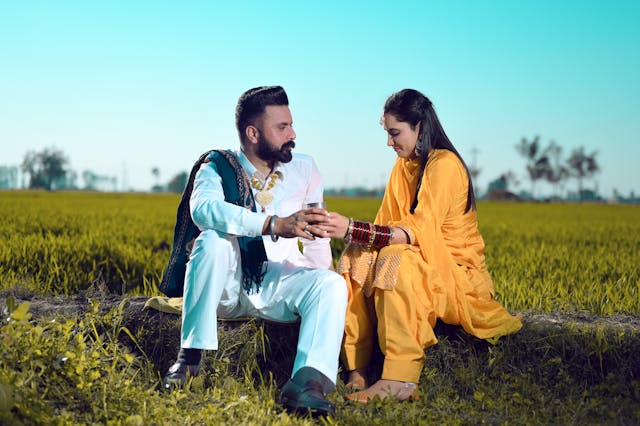
In Amritsar, food is not merely consumed; it’s celebrated. The holy city’s warmth and generosity are reflected in every bite—from the Langar (community meal) at the Golden Temple to sizzling tandoori delicacies on the streets of Hall Bazaar.
Must-Try Dishes:
- Amritsari Kulcha with butter and chole.
- Fish Fry from Makhan Dhaba or Beera Chicken Corner.
- Lassi served in steel tumblers, thick enough to stand a spoon upright.
- Phirni and Kheer for the perfect finish.
The Amritsar food trail is rich, hearty, and soaked in ghee—a reflection of Punjabi passion and pride.
3. Varanasi, Uttar Pradesh – Street Food and Spiritual Flavor

Varanasi’s food culture is a reflection of its spiritual diversity and cultural richness. While the ghats feed the soul, the streets feed the senses with chaats, sweets, and snacks that have stood the test of time.
Must-Try Dishes:
- Kachori-Sabzi at Thatheri Bazaar.
- Tamatar Chaat from Dashashwamedh Ghat.
- Baati-Chokha, a Bihari influence.
- Malaiyyo, a frothy winter dessert.
- Banarasi Paan, the iconic after-meal delight.
Eating in Varanasi is a spiritual experience in itself—each flavor carries history, devotion, and the warmth of the Ganges breeze.
5 Adventure Sports Spots in India
4. Coorg (Madikeri), Karnataka – A Forest of Flavors
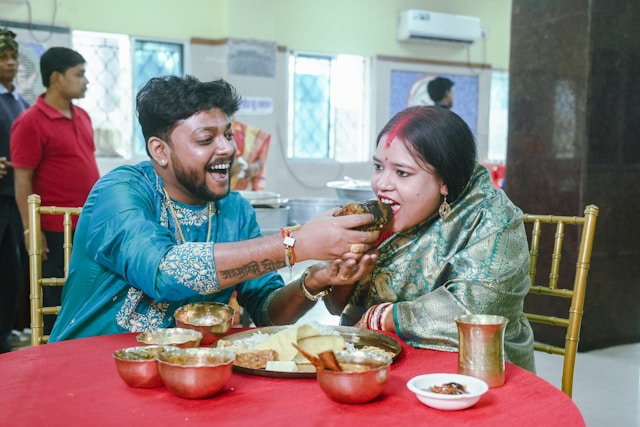
Nestled in the Western Ghats, Coorg is famed not just for coffee plantations but also for its distinct Kodava cuisine. The food here is earthy, aromatic, and deeply tied to the forest ecosystem.
Must-Try Dishes:
- Pandi Curry (Pork Curry) – smoky, spicy, and rich.
- Kadumbuttu (rice dumplings) and Akki Roti (rice flatbread).
- Noolputtu (rice noodles) with coconut curry.
- Locally brewed Coffee and Homemade Wines.
Coorg’s food trail is intimate and authentic, best experienced in homestays where recipes are passed through generations.
6 Thrilling Wildlife Experience in India’s Jungle
5. Pushkar, Rajasthan – Holy Vibes and Vegetarian Wonders
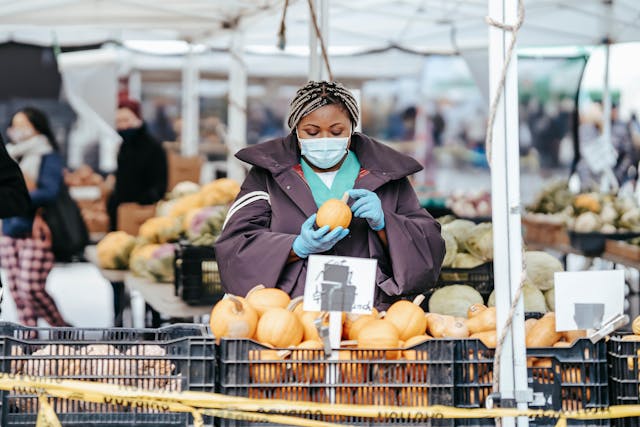
Pushkar, though small and sacred, surprises food lovers with its vibrant vegetarian palette and multicultural influences from travelers around the world.
Must-Try Dishes:
- Malpua soaked in syrup and served hot near the temple.
- Dal Baati Churma, the Rajasthani staple.
- Israeli Shakshuka and Hummus Platters from backpacker cafés.
- Lassi at the Market Square – thick, creamy, and served in earthen cups.
Pushkar’s food trail is a mix of divine devotion and bohemian experimentation—a balance between the holy and the hearty.
6. Alleppey, Kerala – Backwater Bites and Coastal Comforts
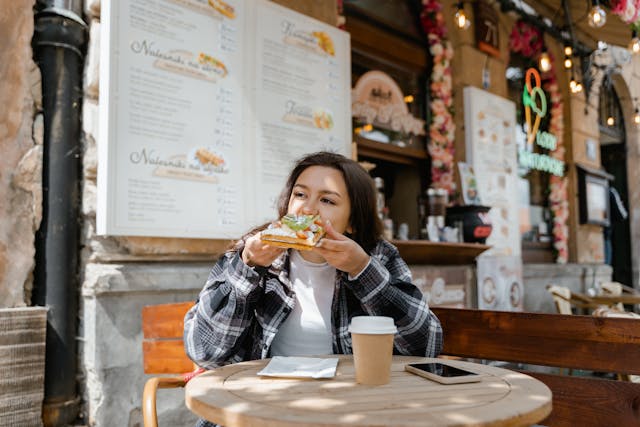
Alleppey (Alappuzha) offers a coastal culinary trail infused with coconut, curry leaves, and the aroma of the Arabian Sea. The food is as soothing as the backwaters that surround it.
Must-Try Dishes:
- Karimeen Pollichathu (pearl spot fish wrapped in banana leaf).
- Chemmeen Curry (spicy prawn curry).
- Appam with Stew and Puttu with Kadala Curry.
- Toddy, a mildly fermented local drink.
Whether you dine in a houseboat or a small toddy shop, Alleppey’s food promises freshness and comfort.
7. Darjeeling, West Bengal – Himalayan Flavors in Every Bite

Darjeeling’s culinary culture reflects its Nepali, Tibetan, and Bengali influences—creating a fusion of warmth, spice, and comfort.
Must-Try Dishes:
- Momos with spicy chutney.
- Thukpa, the ultimate Himalayan noodle soup.
- Aloo Dum and Sel Roti from roadside stalls.
- Darjeeling Tea, best enjoyed with a view of Kanchenjunga.
The food trail here is about simplicity and soul—perfect for cold mornings and misty evenings.
8. Madurai, Tamil Nadu – Temple City’s Taste of Tradition

Madurai is a temple for food as much as for gods. From spicy curries to tangy snacks, every dish is steeped in Tamil tradition and served with love.
Must-Try Dishes:
- Kari Dosa and Jigarthanda (a local milk-based drink).
- Idiyappam with Mutton Curry.
- Appam with Coconut Milk.
- Murugan Idli Shop’s Idlis and Sambhar.
Madurai’s food trail runs from temple streets to midnight mess stalls—each serving the soul of the south on a banana leaf.
9. Pondicherry – A French-Indian Fusion Feast
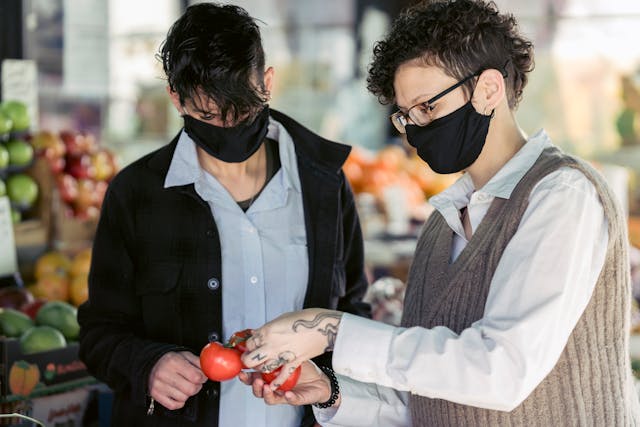
This small coastal town offers a unique culinary blend where French finesse meets Tamil spice. Its quaint cafés and seaside restaurants serve both buttery croissants and fiery curries.
Must-Try Dishes:
- Creole Fish Curry and French Crepes.
- Baguettes with Indian-style fillings.
- Seafood Platter at seaside shacks.
- Filter Coffee or Espresso at local cafés.
Pondicherry’s food trail is relaxed and romantic—a perfect blend of continental grace and coastal heart.
10. Shillong, Meghalaya – Smoky, Simple, and Satisfying

Shillong’s food culture showcases the earthy traditions of the Khasi tribe, emphasizing smoked meats, herbs, and fresh produce.
Must-Try Dishes:
- Jadoh – rice cooked with pork and spices.
- Dohneiiong – pork with black sesame.
- Tungrymbai – fermented soybean chutney.
- Cherrapunji Orange Wine and Local Rice Beer.
Shillong’s food trail feels raw and refreshing, offering a peek into northeastern India’s rustic charm.
11. Kolhapur, Maharashtra – The Land of Fiery Spice

Kolhapur is a paradise for those who love bold flavors and spicy food. The cuisine is rich, red, and unforgettable.
Must-Try Dishes:
- Kolhapuri Misal Pav – spicy sprouted curry with crunchy farsan.
- Tambada Rassa and Pandhra Rassa – red and white mutton gravies.
- Solkadhi, a cooling drink made from kokum and coconut milk.
- Kolhapuri Chicken Thali – an explosion of taste and heat.
This trail is not for the faint-hearted but for those who savor fiery satisfaction.
12. Munnar, Kerala – Misty Mountains and Comfort Cuisine

Munnar’s small-town charm extends to its food scene, which thrives on fresh produce, spices, and tea gardens. The cuisine is a cozy mix of Kerala and Tamil influences.
Must-Try Dishes:
- Kerala Sadhya served on banana leaves.
- Vegetable Stew with Appam.
- Beef Fry and Parotta for meat lovers.
- Homemade Chocolates and Spiced Tea.
Munnar’s food trail is tranquil and wholesome, best enjoyed amid rolling tea estates and cool mist.
The Essence of India’s Small-Town Food Trails
What makes small-town food trails special is not just the food but the stories behind it. These towns preserve India’s culinary roots—recipes that predate modern trends and techniques. Whether it’s a grandmother’s secret masala mix in Coorg or the timeless tandoors of Amritsar, every dish carries a piece of India’s soul.
Tips for Exploring Small-Town Food Trails:
- Eat where locals eat. The smallest stalls often serve the most authentic meals.
- Travel during local festivals – food offerings often multiply.
- Stay in homestays for family-cooked traditional meals.
- Respect local customs and dietary rules, especially in religious towns.
- Pair your meals with local drinks – from toddy to lassi and handcrafted brews.
Conclusion
From the spice-laden streets of Kolhapur to the aromatic hills of Coorg and the soulful ghats of Varanasi, India’s small towns hold the keys to its most authentic flavors. Each destination on this list is not just a food stop—it’s a journey through culture, community, and culinary artistry.
If you want to truly understand India, skip the fine dining restaurants and take the road to its small towns. There, in the hum of tandoors, the clink of steel plates, and the aroma of spices, you’ll discover the real taste of India.
FAQ: Delightful Food Trails Across India’s Small Towns
1. What are food trails, and why explore them in small towns?
Food trails are curated journeys that let travelers explore a region’s traditional and local cuisines. Exploring small towns offers a chance to taste authentic recipes, discover local ingredients, and connect with communities preserving India’s culinary heritage.
2. Which small towns in India are famous for unique food experiences?
Some must-visit food destinations include:
- Amritsar, Punjab: Famous for kulchas, lassi, and langar at the Golden Temple.
- Madurai, Tamil Nadu: Known as the “City That Never Sleeps” for its night-time food stalls serving jigarthanda and parotta.
- Indore, Madhya Pradesh: Renowned for Sarafa Bazaar’s late-night street food scene.
- Alleppey, Kerala: Offers backwater toddy shops and seafood curries.
- Pushkar, Rajasthan: A vegetarian paradise with fusion cafés and malpua.
- Kolkata’s suburbs (like Chandannagar): French-inspired sweets and snacks.
3. What kind of dishes can one expect on these food trails?
Expect a mix of traditional regional dishes, age-old sweets, local snacks, and beverages, such as:
- Poha-Jalebi in Madhya Pradesh
- Bamboo shoot curry in Assam
- Thukpa in Sikkim
- Fish thali in Goa
- Thepla and khakhra in Gujarat
- Dabeli in Kutch
- Petha in Agra
Each region offers a signature dish that reflects its geography and culture.
4. Are there organized food trails in small towns?
Yes, several travel companies and local tourism boards now organize culinary tours and guided food walks in towns like Amritsar, Lucknow, and Madurai. In smaller regions, local homestays or chefs often offer community-based cooking experiences.
5. What’s the best time of year to go on a food trail in India?
The ideal time varies by region, but generally:
- North India: October to March (pleasant weather).
- South India: November to February (cooler climate).
- Coastal areas: Post-monsoon (September to February) for fresh seafood.
Festive seasons like Diwali, Pongal, or Onam also enhance the culinary experience.
6. How can travelers find authentic local eateries in small towns?
- Ask locals, especially shopkeepers or rickshaw drivers.
- Visit morning or evening food markets.
- Look for small “no-frills” dhabas with high local footfall.
- Use apps like Google Maps or Zomato for recent reviews.
- Try heritage homestays that offer family recipes.
7. Are vegetarian and vegan options easily available?
Yes! Many small towns in India have a rich vegetarian tradition. Places like Pushkar, Rishikesh, and Palitana are entirely vegetarian. Vegan travelers can easily find dairy-free dishes made with coconut, lentils, and vegetables.
8. How can travelers ensure food safety during small-town trails?
- Eat where there’s a steady stream of locals.
- Avoid raw foods and ice from unknown sources.
- Carry bottled or filtered water.
- Prefer freshly cooked meals.
- Keep some basic medication for digestion handy.
9. What are some hidden culinary gems worth discovering?
- Ramgarh (Himachal): Apricot chutneys and pahadi pickles.
- Chettinad (Tamil Nadu): Fiery pepper chicken and kuzhi paniyaram.
- Mapusa (Goa): Goan sausages and bebinca.
- Majuli (Assam): Tribal rice beer and smoked fish.
- Coorg (Karnataka): Pandi curry (pork) and homemade wines.
10. Can travelers learn to cook local dishes on these trails?
Absolutely! Many small towns offer cooking workshops, home kitchen sessions, and farm-to-table experiences. Learning from local chefs or grandmothers in homestays is one of the most rewarding parts of a food trail.
11. Are there festivals dedicated to local cuisine?
Yes! India hosts several regional food festivals, such as:
- Goa Food and Cultural Festival
- Lucknow Mahotsav
- Malabar Food Fest (Kerala)
- Pondicherry Gourmet Festival
- Hornbill Festival (Nagaland) featuring tribal dishes.
12. How can one plan a budget-friendly food trail?
- Use local transport like buses or shared autos.
- Stay in budget guesthouses or homestays with meals included.
- Focus on street food and local thalis rather than restaurants.
- Travel off-season to reduce costs.
13. Why are small-town food trails important for sustainable tourism?
They support local farmers, artisans, and family-run eateries, preserve traditional cooking techniques, and reduce the carbon footprint by promoting local sourcing and community-based experiences.
14. What’s a good itinerary for a 7-day small-town food trail?
Example:
Day 1-2: Amritsar (Punjabi breakfast trail)
Day 3: Agra (Mughlai cuisine & sweets)
Day 4: Indore (street food night market)
Day 5: Baroda (Gujarati snacks)
Day 6-7: Udaipur (Rajasthani thali & local sweets)
15. Any tips for food photographers on these trails?
- Shoot during daylight or golden hour for natural tones.
- Ask permission before photographing cooks.
- Capture the story — hands at work, ingredients, street scenes.
- Carry a small power bank and sanitizer for quick, safe stops.







Hey everyone! If you’re curious about finding out “what season am I” when it comes to your complexion and best colors, getting into seasonal color analysis can be a revolution. Tools like the color-analysis pro app present free color analysis surveys that help you determine your deep summer color palette or whether you tend more towards light spring or cool winter shades. Grasping your seasonal color palette not only makes selecting clothes easier but also assists in picking the right hair color, especially with 2026 hair color movements in mind.
For those who want a more unique approach, AI-powered color analysis tools and virtual hair color sampling options can give you a excellent preview of what hues suit yellow undertone skin or olive skin tone best. If you want to dig deeper into deep summer color analysis or contrast palettes like dark winter vs dark autumn, look at this resource best virtual hair color try on —it’s loaded with helpful info and convenient charts for skin tone analysis and seasonal color palettes.